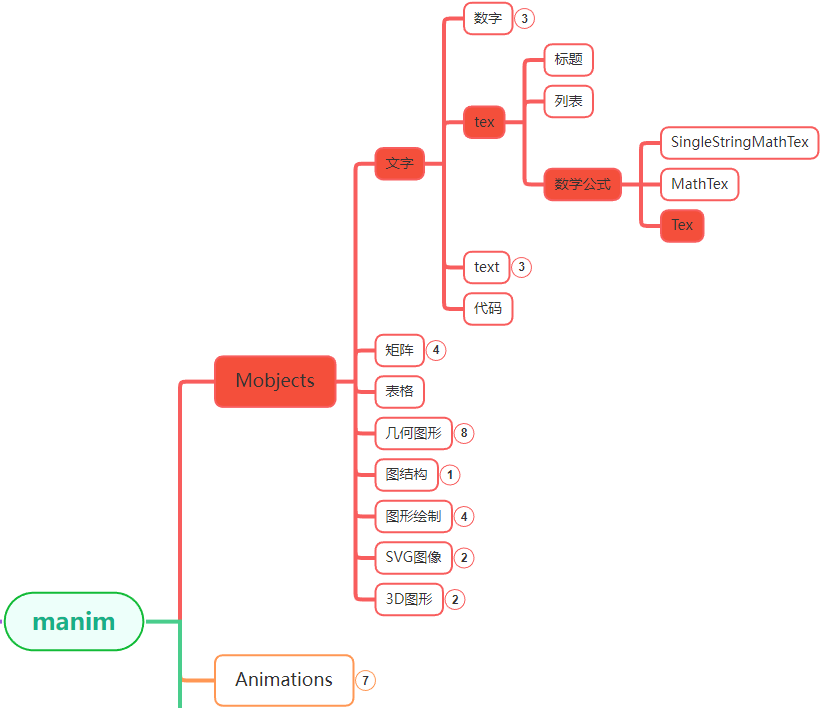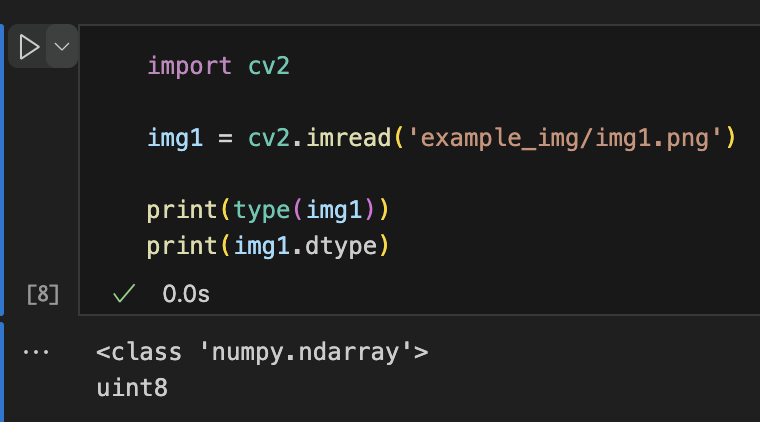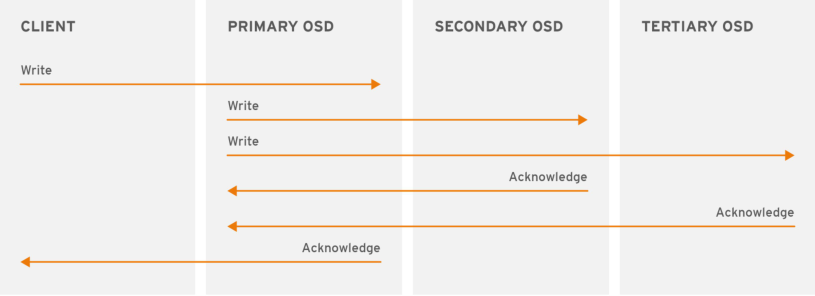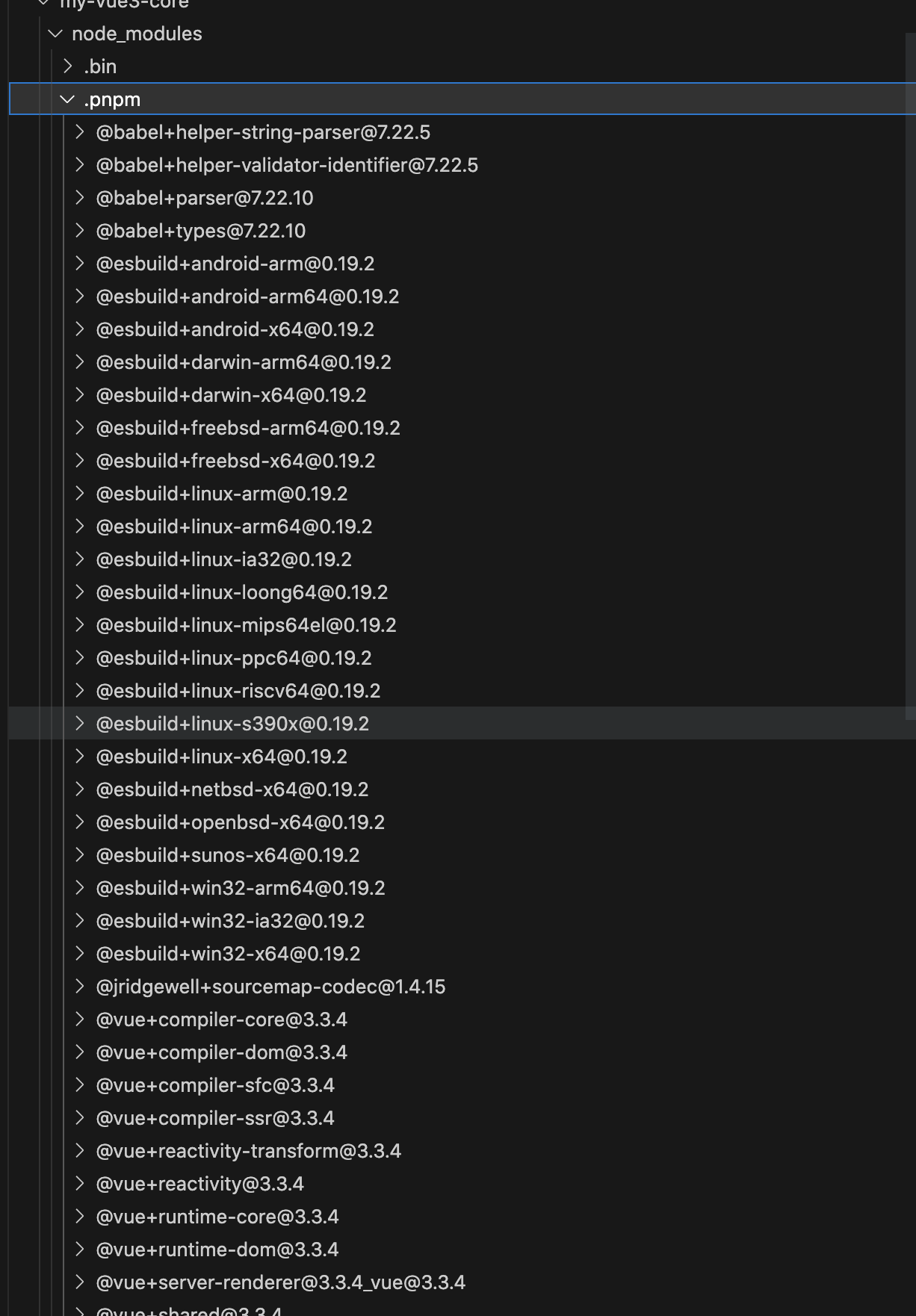5 Pydantic、类型提示和模型
FastAPI主要基于Pydantic。它使用模型(Python对象类)来定义数据结构。这些模型在FastAPI应用程序中被大量使用,是编写大型应用程序时的真正优势。

5.1 类型提示
在许多计算机语言中,变量直接指向内存中的值。这就要求程序员声明它的类型,以便确定值的大小和位数。在Python中,变量只是与对象相关联的名称,而对象才有类型。
变量通常与同一个对象相关联。如果我们将类型提示与变量关联起来,就可以避免一些编程错误。因此,Python 在语言的标准类型模块中加入了类型提示。Python解释器会忽略类型提示语法,运行程序时就像没有类型提示一样。那有什么意义呢?
您可能在一行中将一个变量视为字符串,但后来却忘记了,并将其赋值给一个不同类型的对象。虽然其他语言的编译器会提示,但 Python不会。标准 Python解释器会捕获正常的语法错误和运行时异常,但不会捕获变量的混合类型。像mypy这样的辅助工具会关注类型提示,并对任何不匹配发出警告。
Python开发人员也可以使用这些提示,他们可以编写比类型错误检查更多的工具。下面几节将介绍Pydantic软件包是如何开发的,以满足一些并不明显的需求。稍后,您将看到它与FastAPI的集成如何使许多网络开发问题变得更容易处理。
变量类型提示可能只包括类型:name: type
或者用一个值初始化变量:name: type = value
类型可以是标准的Python简单类型,如int或str,也可以是复杂类型,如tuple、list或dict:name: type = value
在Python 3.9之前,需要从typing模块导入这些标准类型名的大写版本:
from typing import Str
thing: Str = "yeti"
下面是一些带有初始化的示例:
physics_magic_number: float = 1.0/137.03599913
hp_lovecraft_noun: str = "ichor"
exploding_sheep: tuple = "sis", "boom", bah!"
responses: dict = {"Marco": "Polo", "answer": 42}
还可以指定子类型:name: dict[keytype, valtype] = {key1: val1, key2: val2}
最常见的子类如下:
- Any:任意类型
- Union:任何指定类型,如 Union[str,int]。
在Python 3.10及更高版本中,可以用type1 | type2 代替 Union[type1,type2]。
Python dict的 Pydantic定义示例如下:
from typing import Any
responses: dict[str, Any] = {"Marco": "Polo", "answer": 42}
或者更具体一点
from typing import Any
responses: dict[str, Any] = {"Marco": "Polo", "answer": 42}
或 (Python 3.10 及更高版本):
responses: dict[str, str | int] = {"Marco": "Polo", "answer": 42}
请注意,类型提示的变量行是合法的Python,而裸变量行则不是:
$ python
...
>>> thing0
Traceback (most recent call last):
File "<stdin>", line 1, in <module>
NameError: name thing0 is not defined
>>> thing0: str
此外,Python解释器不会捕获不正确的类型使用:
$ python
...
>>> thing1: str = "yeti"
>>> thing1 = 47
但它们会被mypy捕获。如果还没有,运行 pip install mypy。将前面两行保存到名为 stuff.py,1 的文件中,然后试试下面的方法:
$ mypy stuff.py
stuff.py:2: error: Incompatible types in assignment
(expression has type "int", variable has type "str")
Found 1 error in 1 file (checked 1 source file)
函数返回类型提示使用了箭头而不是冒号:function(args) -> type:
下面是一个函数返回的 Pydantic 示例:
def get_thing() -> str:
return "yeti"
5.2 数据分组
通常,我们需要将一组相关的变量放在一起,而不是传递大量的单个变量。如何将多个变量整合为一组并保持类型提示呢?在本书的其他章节中,我们将使用密码生物(想象中的生物)和寻找它们的探险家(也是想象中的)的例子。我们最初的密码生物定义将只包含以下字符串变量:
- name:关键字
- country:两字符 ISO 国家代码(3166-1 alpha 2)或 * = 全部
- area 可选;美国州或其他国家分区
- description:自由格式
- aka:又称
而探险者将拥有以下内容:
- name:关键字
- country:两字符 ISO 国家代码(3166-1 alpha 2)或 * = 全部
- area 可选;美国州或其他国家分区
- description:自由格式
这里列出了Python数据分组结构(除了基本的 int、字符串之类):
- 元组:不可变的对象序列
- 列表:可变的对象序列
- 集合:可变的不同对象
- 字典:可变的键值对象对(键必须是不可变的类型)
# 使用元组
>>> tuple_thing = ("yeti", "CN", "Himalayas",
"Hirsute Himalayan", "Abominable Snowman")
>>> print("Name is", tuple_thing[0])
Name is yeti
# 使用列表
>>> list_thing = ["yeti", "CN", "Himalayas",
"Hirsute Himalayan", "Abominable Snowman"]
>>> print("Name is", list_thing[0])
Name is yeti
# 使用元组和命名偏移量
>>> NAME = 0
>>> COUNTRY = 1
>>> AREA = 2
>>> DESCRIPTION = 3
>>> AKA = 4
>>> tuple_thing = ("yeti", "CN", "Himalayas",
"Hirsute Himalayan", "Abominable Snowman")
>>> print("Name is", tuple_thing[NAME])
Name is yeti
# 使用字典
>>> dict_thing = {"name": "yeti",
... "country": "CN",
... "area": "Himalayas",
... "description": "Hirsute Himalayan",
... "aka": "Abominable Snowman"}
>>> print("Name is", dict_thing["name"])
Name is yeti
# 使用命名元组
>>> from collections import namedtuple
>>> CreatureNamedTuple = namedtuple("CreatureNamedTuple",
... "name, country, area, description, aka")
>>> namedtuple_thing = CreatureNamedTuple("yeti",
... "CN",
... "Himalaya",
... "Hirsute HImalayan",
... "Abominable Snowman")
>>> print("Name is", namedtuple_thing[0])
Name is yeti
>>> print("Name is", namedtuple_thing.name)
Name is yeti
# 标准类
>>> class CreatureClass():
... def __init__(self,
... name: str,
... country: str,
... area: str,
... description: str,
... aka: str):
... self.name = name
... self.country = country
... self.area = area
... self.description = description
... self.aka = aka
...
>>> class_thing = CreatureClass(
... "yeti",
... "CN",
... "Himalayas"
... "Hirsute Himalayan",
... "Abominable Snowman")
>>> print("Name is", class_thing.name)
Name is yeti
# 数据类
>>> from dataclasses import dataclass
>>>
>>> @dataclass
... class CreatureDataClass():
... name: str
... country: str
... area: str
... description: str
... aka: str
...
>>> dataclass_thing = CreatureDataClass(
... "yeti",
... "CN",
... "Himalayas"
... "Hirsute Himalayan",
... "Abominable Snowman")
>>> print("Name is", dataclass_thing.name)
Name is yeti
这对于保持变量的一致性来说已经很不错了。但我们还想要更多:
- 可能的替代类型的联合
- 缺失/可选值
- 默认值
- 数据验证
- 与JSON等格式的序列化

5.3 替代方案
使用 Python 内置的数据结构(尤其是字典)很有诱惑力。但你不可避免地会发现字典有点过于 “松散”。自由是有代价的。你需要检查一切:
- 键是否可选?
- 如果键缺失,是否有默认值?
- 键是否存在?
- 如果存在,键值的类型是否正确?
- 如果存在,值是否在正确的范围内或与模式匹配?
至少有三种解决方案可以满足这些要求中的至少一部分:Dataclasses、attrs(Dataclasses的超集)、Pydantic(集成到了FastAPI中)。
Pydantic 在验证方面非常突出,它与FastAPI的集成可以捕捉到许多潜在的数据错误。Pydantic依赖于继承(从 BaseModel 类继承),而其他两个软件则使用Python装饰器来定义对象。Pydantic 的另一大优点是它使用了标准的 Python 类型提示语法,而旧版库则在类型提示之前就自行推出了类型提示。
因此,我在本书中将使用 Pydantic,但如果你不使用 FastAPI,你也可能会发现这两种库中的任何一种都有用武之地。
Pydantic 提供了指定这些检查的任意组合的方法:
- 必须与可选
- 未指定但需要的默认值
- 预期的数据类型
- 值范围限制
- 其他基于函数的检查(如果需要)
- 序列化和反序列化
参考资料
- 软件测试精品书籍文档下载持续更新 https://github.com/china-testing/python-testing-examples 请点赞,谢谢!
- 本文涉及的python测试开发库 谢谢点赞! https://github.com/china-testing/python_cn_resouce
- python精品书籍下载 https://github.com/china-testing/python_cn_resouce/blob/main/python_good_books.md
- Linux精品书籍下载 https://www.cnblogs.com/testing-/p/17438558.html
5.4简单示例
这个初始示例将使用三个文件:
- model.py定义Pydantic 模型。
- data.py 假数据源,定义了一个模型实例。
- web.py 定义了返回假数据的FastAPI网络端点。
定义生物模型:model.py
from pydantic import BaseModel
class Creature(BaseModel):
name: str
country: str
area: str
description: str
aka: str
thing = Creature(
name="yeti",
country="CN",
area="Himalayas",
description="Hirsute Himalayan",
aka="Abominable Snowman")
print("Name is", thing.name)
Creature类继承自Pydantic的BaseModel。name、country、area、description和aka后面的 : str部分是类型提示,表明每个字符串都是Python字符串。
>>> thing = Creature(
... name="yeti",
... country="CN",
... area="Himalayas"
... description="Hirsute Himalayan",
... aka="Abominable Snowman")
>>> print("Name is", thing.name)
Name is yeti
在 data.py 中定义假数据
从模型导入生物
from model import Creature
_creatures: list[Creature] = [
Creature(name="yeti",
country="CN",
area="Himalayas",
description="Hirsute Himalayan",
aka="Abominable Snowman"
),
Creature(name="sasquatch",
country="US",
area="*",
description="Yeti's Cousin Eddie",
aka="Bigfoot")
]
def get_creatures() -> list[Creature]:
return _creatures
这段代码导入了我们刚刚编写的 model.py。通过调用它的生物对象列表 _creatures,并提供 get_creatures() 函数来返回它们,它做了一点数据隐藏。
web.py:
from model import Creature
from fastapi import FastAPI
app = FastAPI()
@app.get("/creature")
def get_all() -> list[Creature]:
from data import get_creatures
return get_creatures()
if __name__ == "__main__":
import uvicorn
uvicorn.run("web:app", reload=True)
现在启动服务器。
$ python web.py
INFO: Will watch for changes in these directories: ['D:\\code\\fastapi-main\\example']
INFO: Uvicorn running on http://127.0.0.1:8000 (Press CTRL+C to quit)
INFO: Started reloader process [19124] using WatchFiles
INFO: Started server process [22344]
INFO: Waiting for application startup.
INFO: Application startup complete.
验证:
$ http http://localhost:8000/creature
HTTP/1.1 200 OK
content-length: 211
content-type: application/json
date: Sat, 08 Jun 2024 02:20:40 GMT
server: uvicorn
[
{
"aka": "Abominable Snowman",
"area": "Himalayas",
"country": "CN",
"description": "Hirsute Himalayan",
"name": "yeti"
},
{
"aka": "Bigfoot",
"area": "*",
"country": "US",
"description": "Yeti's Cousin Eddie",
"name": "sasquatch"
}
]
5.5 验证类型
试着给一个或多个 “生物 ”字段分配一个错误类型的值。让我们使用独立测试来实现这一点(Pydantic 并不适用于任何网页代码;这是一个数据问题)。
from model import Creature
dragon = Creature(
name="dragon",
description=["incorrect", "string", "list"],
country="*"
)
运行测试
$ python 5-14.py
Name is yeti
Traceback (most recent call last):
File "D:\code\fastapi-main\example\5-14.py", line 3, in <module>
dragon = Creature(
File "C:\Users\xuron\AppData\Roaming\Python\Python310\site-packages\pydantic\main.py", line 176, in __init__
self.__pydantic_validator__.validate_python(data, self_instance=self)
pydantic_core._pydantic_core.ValidationError: 3 validation errors for Creature
area
Field required [type=missing, input_value={'name': 'dragon', 'descr...'list'], 'country': '*'}, input_type=dict]
For further information visit https://errors.pydantic.dev/2.7/v/missing
description
Input should be a valid string [type=string_type, input_value=['incorrect', 'string', 'list'], input_type=list]
For further information visit https://errors.pydantic.dev/2.7/v/string_type
aka
Field required [type=missing, input_value={'name': 'dragon', 'descr...'list'], 'country': '*'}, input_type=dict]
For further information visit https://errors.pydantic.dev/2.7/v/missing
5.6 验证值
即使值的类型符合 Creature 类中的说明,也可能需要通过更多检查。可以对值本身进行一些限制:
-
Integer (conint)或float:
- gt: 大于
- lt:小于
- ge:大于或等于
- le:小于或等于
- multiple_of: 数值的整数倍
-
String (constr):
- min_length:字符(非byte)的最小长度
- max_length:最大字符长度
- to_upper:转换为大写字母
- to_lower:转为小写
- regex:匹配Python正则表达式
-
元组、列表或集合:
- min_items:最小元素数
- max_items:元素的最大数量
这些在模型的类型部分中指定。
实例:确保名称字段总是至少有两个字符长。否则,“”(空字符串)就是有效字符串。
from pydantic import BaseModel, constr
class Creature(BaseModel):
name: constr(min_length=2)
country: str
area: str
description: str
aka: str
bad_creature = Creature(name="!", description="it's a raccoon", area="your attic")
执行:
Traceback (most recent call last):
File D:\ProgramData\anaconda3\lib\site-packages\spyder_kernels\py3compat.py:356 in compat_exec
exec(code, globals, locals)
File d:\code\test5.py:10
bad_creature = Creature(name="!", description="it's a raccoon", area="your attic")
File ~\AppData\Roaming\Python\Python310\site-packages\pydantic\main.py:176 in __init__
self.__pydantic_validator__.validate_python(data, self_instance=self)
ValidationError: 3 validation errors for Creature
name
String should have at least 2 characters [type=string_too_short, input_value='!', input_type=str]
For further information visit https://errors.pydantic.dev/2.7/v/string_too_short
country
Field required [type=missing, input_value={'name': '!', 'descriptio...", 'area': 'your attic'}, input_type=dict]
For further information visit https://errors.pydantic.dev/2.7/v/missing
aka
Field required [type=missing, input_value={'name': '!', 'descriptio...", 'area': 'your attic'}, input_type=dict]
For further information visit https://errors.pydantic.dev/2.7/v/missing
下列使用了另一种方法,即Pydantic字段规范。
from pydantic import BaseModel, constr
class Creature(BaseModel):
name: constr(min_length=2)
country: str
area: str
description: str
aka: str
bad_creature = Creature(name="!", description="it's a raccoon", area="your attic")
执行:
Traceback (most recent call last):
File D:\ProgramData\anaconda3\lib\site-packages\spyder_kernels\py3compat.py:356 in compat_exec
exec(code, globals, locals)
File d:\code\test5.py:10
bad_creature = Creature(name="!", description="it's a raccoon", area="your attic")
File ~\AppData\Roaming\Python\Python310\site-packages\pydantic\main.py:176 in __init__
self.__pydantic_validator__.validate_python(data, self_instance=self)
ValidationError: 3 validation errors for Creature
name
String should have at least 2 characters [type=string_too_short, input_value='!', input_type=str]
For further information visit https://errors.pydantic.dev/2.7/v/string_too_short
country
Field required [type=missing, input_value={'name': '!', 'descriptio...", 'area': 'your attic'}, input_type=dict]
For further information visit https://errors.pydantic.dev/2.7/v/missing
aka
Field required [type=missing, input_value={'name': '!', 'descriptio...", 'area': 'your attic'}, input_type=dict]
For further information visit https://errors.pydantic.dev/2.7/v/missing
Field() 的...参数表示需要一个值,而且没有默认值
这只是对 Pydantic 的简单介绍。主要的收获是,它能让你自动验证数据。在从网络层或数据层获取数据时,您将看到这一点有多么有用。
5.6 小结
模型是定义将在网络应用程序中传递的数据的最佳方式。Pydantic利用Python的类型提示来定义数据模型,以便在应用程序中传递。

























